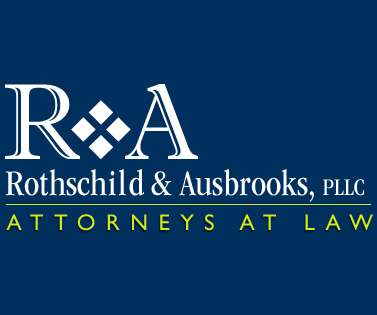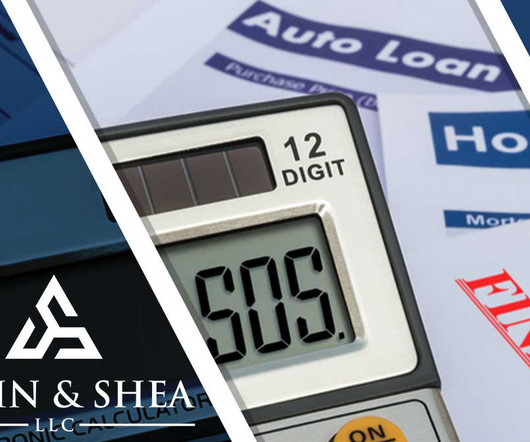Mistakes to avoid when filing for personal bankruptcy
Roths Child Law
JANUARY 31, 2023
If you are seeking to discharge unsecured debts like medical debts, credit card debts and unsecured loans, then you need to file for Chapter 7 bankruptcy. However, if you are dealing with secured debts like a mortgage or a car loan, then you need to file Chapter for 13 bankruptcy.












Let's personalize your content